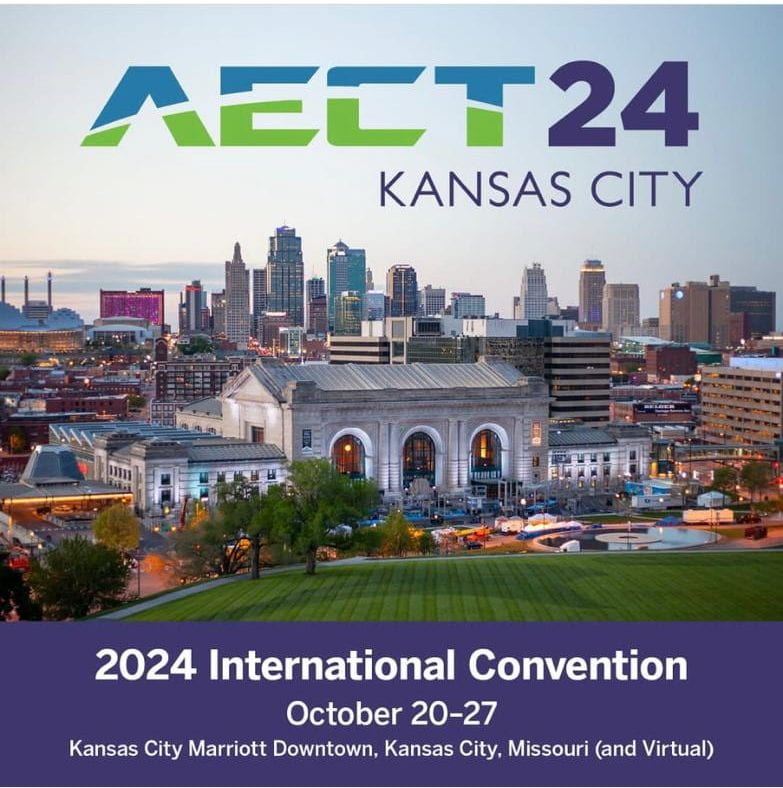By Jiarui Xie (xie.1196@buckeyemail.osu.edu)
Data collection is often one of the most time-consuming steps in the research process, especially for large-scale studies. Recently, I successfully collected over 700 valid survey responses for my dissertation research within a month, which was much faster than expected. It was an online survey and focused on college students. I summarize some effective strategies I used and hope they will provide helpful insights for other researchers who plan to conduct a large-scale survey study.
Prepare Multiple Recruitment Materials for Different Audiences
Having well-prepared recruitment materials tailored to different audiences can significantly improve your response rate.
- For potential individual participants, I would recommend creating an email including your brief introduction (e.g., name, program, and institution), research purpose, participant eligibility, estimated time to complete the survey, incentive (if applicable), survey link (make sure it is clickable), and sincere words of thanks. Highlight key information (e.g., eligibility and incentive) using bold text or color to make it stand out. Here is a template you can use: Potential Participants Recruitment Email.
- For people who can help disseminate your survey, the email needs to include your brief introduction, research purpose, what assistance you need from them (e.g., forwarding the email to potential participants, posting an course announcement in the Learning Management System, or allowing you to collect data in their classes), and most importantly, a concise recruitment message they can easily copy and share. Don’t forget to express your gratitude in the end. Here are two templates you can use: Instructor Email, Administration Email.
- In addition to email, you can create a SMS or chat app message. Keep the message short, focusing on key information (e.g., eligibility, survey link, and incentive). More detailed information can be included in an attachment (e.g., flyer) that is sent with the message. Adding appropriate emojis is a good idea. Here is a template you can use: Message.
- You can also create a recruitment flyer. Highlight key information. Include a QR code linking to the survey. Use eye-catching colors while ensuring good contrast and consistency.
Gather Contact Information from Multiple Sources
Having a solid contact list is essential for effective outreach. Here are some ways to gather email addresses and phone numbers:
- Check your Learning Management System (LMS) for courses you are enrolled in—especially large ones like orientation or seminar courses, which may have hundreds of students.
- Look through group emails you received. Often, these emails include multiple recipients, some of whom may be potential participants.
- Explore the group chats you are in, such as GroupMe, WhatsApp, and Teams.
- Browse the university website to find leadership contacts.
- Use Excel to organize contact details, creating separate sheets for different groups (e.g., students, faculty, administrators).
Start Reaching Out
Once you have prepared your recruitment materials and gathered contact information, it is time to start reaching out:
- Send an invitation email/message to potential participants directly. If you are using Microsoft, the “Mailings” function in Microsoft Word (linked with Outlook Classic for Desktop) can automatically send personalized emails to thousands of recipients in minutes.
- Request assistance from the administration, such as college deans and department chairs. They usually have access to student listservs, which include hundreds or even thousands of students. Their support can significantly speed up your data collection process.
- Ask instructors for help, especially those teaching large classes.
- Leverage your academic and non-academic communities. Share your recruitment message in your communities and ask people to help spread the word.
- Use social media carefully. Platforms like Facebook, LinkedIn, Twitter, and Reddit can help you reach a broader audience. However, be cautious! There may be AI bots that can generate fake responses.
Utilize Flyers for Offline Promotion
Print recruitment flyers in different sizes:
- Post letter-sized flyers on bulletin boards in permitted areas, such as libraries, classroom buildings, cafeterias, and activity centers.
- Distribute smaller flyers at high-traffic locations during peak times.
Incentive Plays an Important Role
If it is possible, provide an incentive for each participant, such as a gift card or entry into a prize drawing. Even a small incentive can make a big difference in motivating participants to complete your survey.
Be Proactive and Explore Every Possible Approach
Don’t hesitate to reach out! This is your research, and every effort counts. Try every possible approach, and your hard work will pay off!
I hope these strategies are helpful and wish all researchers the best of luck with data collection. If you would like to discuss these strategies in more detail or share your experiences, please feel free to contact me at xie.1196@osu.edu.


























